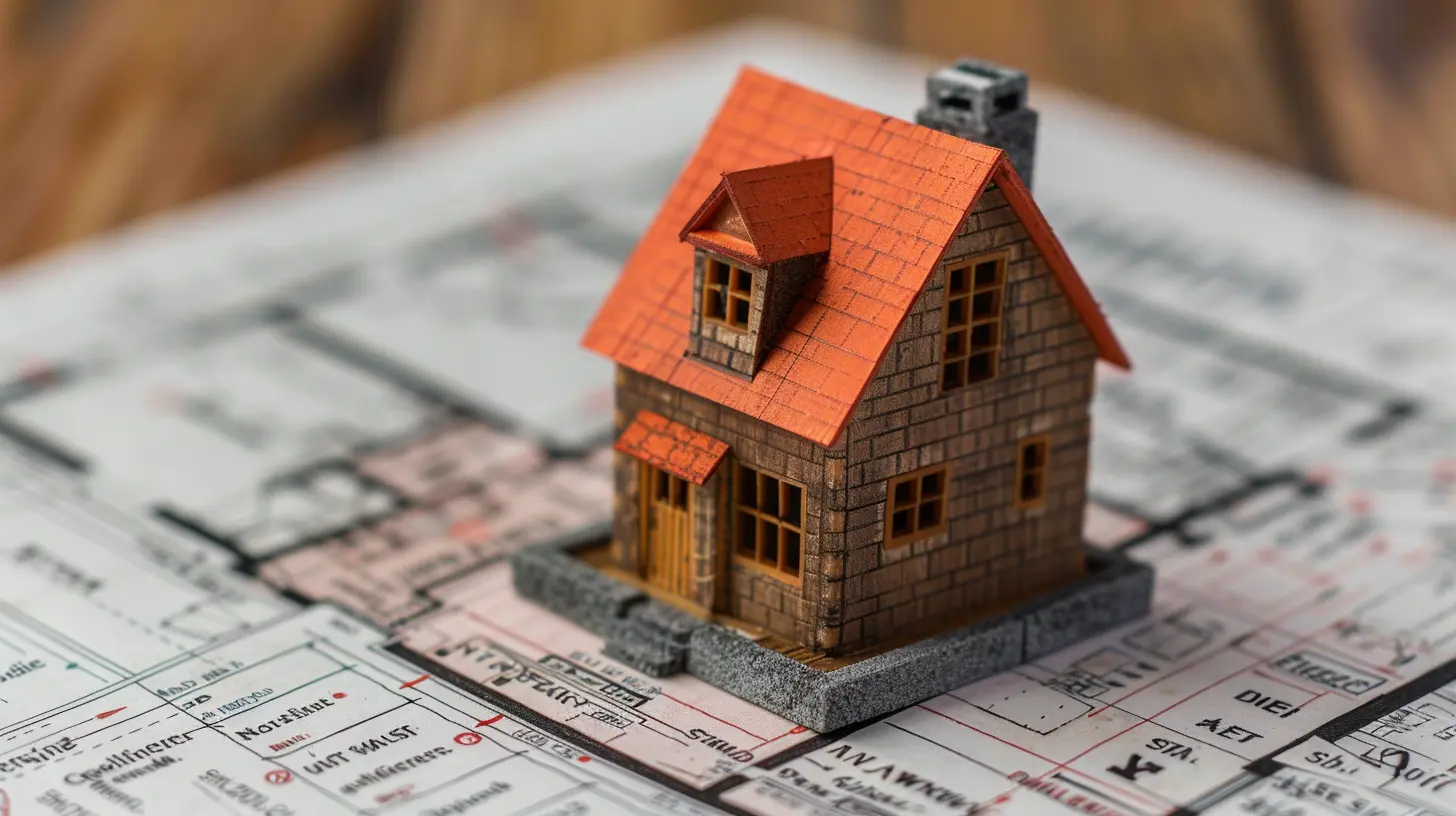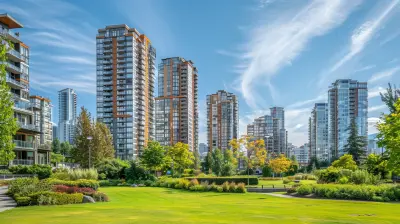How to Navigate Zoning Permit Applications for Your Renovation
2 October 2025
Renovating your home is exciting. Whether you’re adding an extra room, expanding your kitchen, or converting your garage into an office, the possibilities are endless. But before you grab that sledgehammer, there’s one crucial step you must tackle—zoning permits.
Zoning laws dictate what you can and cannot do with your property, and ignoring them could land you in a bureaucratic nightmare. That’s why understanding how to navigate zoning permit applications is essential. Don't worry—I’ll walk you through the process in a way that makes sense, without drowning you in legal jargon. 
What Exactly Is a Zoning Permit?
A zoning permit is an official approval from your local government that ensures your renovation project complies with zoning laws. These regulations control aspects like land use, building height, setbacks, and property boundaries.Think of zoning laws as the “rulebook” for your neighborhood. They exist to prevent incompatible developments—like a giant warehouse in the middle of a quiet residential street.
If your renovation doesn’t meet zoning requirements, you may need a variance or a rezoning request. But don’t stress—I’ll explain how to handle that too. 
Do You Need a Zoning Permit for Your Renovation?
Not all renovations require a zoning permit. It depends on the scope of your project and local regulations. Here are a few common projects that typically do need one:- Home Additions – Expanding your home’s footprint often impacts setbacks and lot coverage limits.
- Garage Conversions – Changing a garage into a livable space affects land-use classifications.
- Fencing and Walls – Some areas have height and material restrictions.
- Decks and Patios – Local codes may dictate size and placement.
- Accessory Dwelling Units (ADUs) – Building a guesthouse or rental unit has zoning implications.
On the other hand, purely cosmetic changes—like repainting walls or replacing cabinets—usually don’t require a permit. When in doubt, check with your local zoning office. 
Step-By-Step Guide to Navigating the Zoning Permit Process
Alright, ready to tackle the application process? Let’s break it down step by step.1. Research Your Local Zoning Regulations
Before doing anything else, familiarize yourself with your city or county’s zoning laws. You can:- Visit your city’s website for zoning ordinances.
- Call or visit the local zoning office.
- Check an online zoning map if available.
Every property falls under a specific zoning district (e.g., residential, commercial, mixed-use). Each district has its own set of rules regarding what’s allowed.
2. Consult with a Zoning Official
Even if you’ve done your research, zoning laws can be tricky. A quick chat with a zoning official can clarify whether your renovation complies with existing regulations. They can also advise you on potential roadblocks before you start the application process.3. Prepare Your Application
Once you’re sure you need a zoning permit, it’s time to gather your paperwork. While requirements vary, most applications include:- A Completed Form – Found on your local government’s website.
- Site Plan – A detailed drawing of your property showing existing and proposed changes.
- Blueprints or Sketches – If structural work is involved.
- Project Description – A summary explaining the renovation's scope.
- Application Fee – The cost varies based on location and project size.
For complex projects, hiring an architect or zoning consultant can make this step easier.
4. Submit Your Application and Wait for Review
After submitting your application, a zoning officer will review it to ensure your project complies with local laws. This process can take anywhere from a few days to several weeks, depending on the complexity of your renovation and the efficiency of your local government.If your project meets all zoning requirements, you’ll receive approval. If not, you may need to request a variance (more on that next).
5. Handle Zoning Variances if Necessary
If your renovation doesn’t fully comply with zoning laws, don’t panic—there’s a way forward. You can apply for a zoning variance, which is an exception granted by the local zoning board.Getting a variance involves:
- Submitting a variance request.
- Attending a public hearing where neighbors can voice concerns.
- Demonstrating that your project won’t negatively impact the community.
Approval isn’t guaranteed, but if you present a strong case, you have a good chance of success.
6. Obtain Additional Permits
A zoning permit is just one piece of the puzzle. Depending on the nature of your renovation, you might also need:- Building permits – For structural changes.
- Plumbing & electrical permits – If any wiring or pipes are altered.
- Environmental permits – If your project impacts water drainage or trees.
Make sure you secure all necessary permits before starting construction to avoid costly fines or project delays.
7. Start Your Renovation
Once all permits are in hand, you can officially start your renovation! Just be sure to adhere to the approved plans—any unauthorized changes could lead to violations.Local inspectors may also conduct periodic inspections throughout the project to ensure everything is up to code. 
Common Pitfalls to Avoid
While navigating zoning permits isn't impossible, many homeowners make avoidable mistakes. Watch out for these common pitfalls:1. Assuming Too Much
Just because your neighbor built a similar addition doesn’t mean your project is automatically approved. Zoning laws change, and each property has unique zoning designations.2. Skipping the Preliminary Research
Jumping straight into construction without checking zoning rules can lead to fines, lawsuits, or even being forced to tear down your renovation.3. Ignoring Public Hearings
If you're requesting a variance, skipping the public hearing could cost you. Neighbors have a say in what happens, so it’s best to get community support early on.4. Forgetting Additional Permits
A zoning permit doesn’t cover everything. Neglecting building permits or environmental clearances can halt your project midway.Final Thoughts
Sure, zoning permits can be a headache, but they exist for a reason—to ensure safe, well-planned communities. By taking the time to research, plan, and follow the process correctly, you can get your home renovation approved without unnecessary frustration.So, before you start knocking down walls, get your zoning ducks in a row. Trust me—it’s worth it in the long run.
all images in this post were generated using AI tools
Category:
Zoning RegulationsAuthor:

Travis Lozano
Discussion
rate this article
1 comments
Sara McConkey
Understanding zoning laws is crucial for successful renovations; thorough research and preparation can streamline the permit application process significantly.
October 4, 2025 at 4:41 AM


